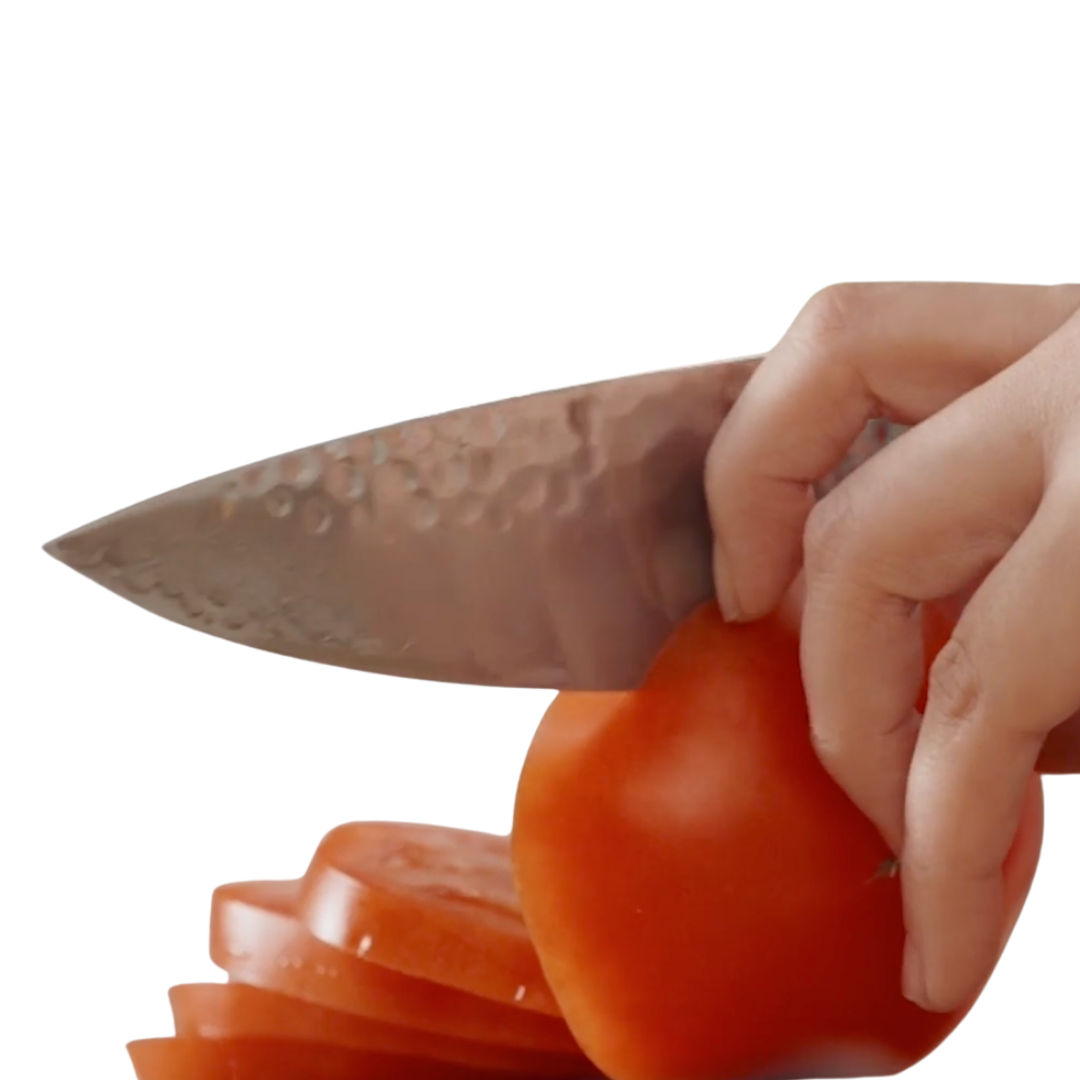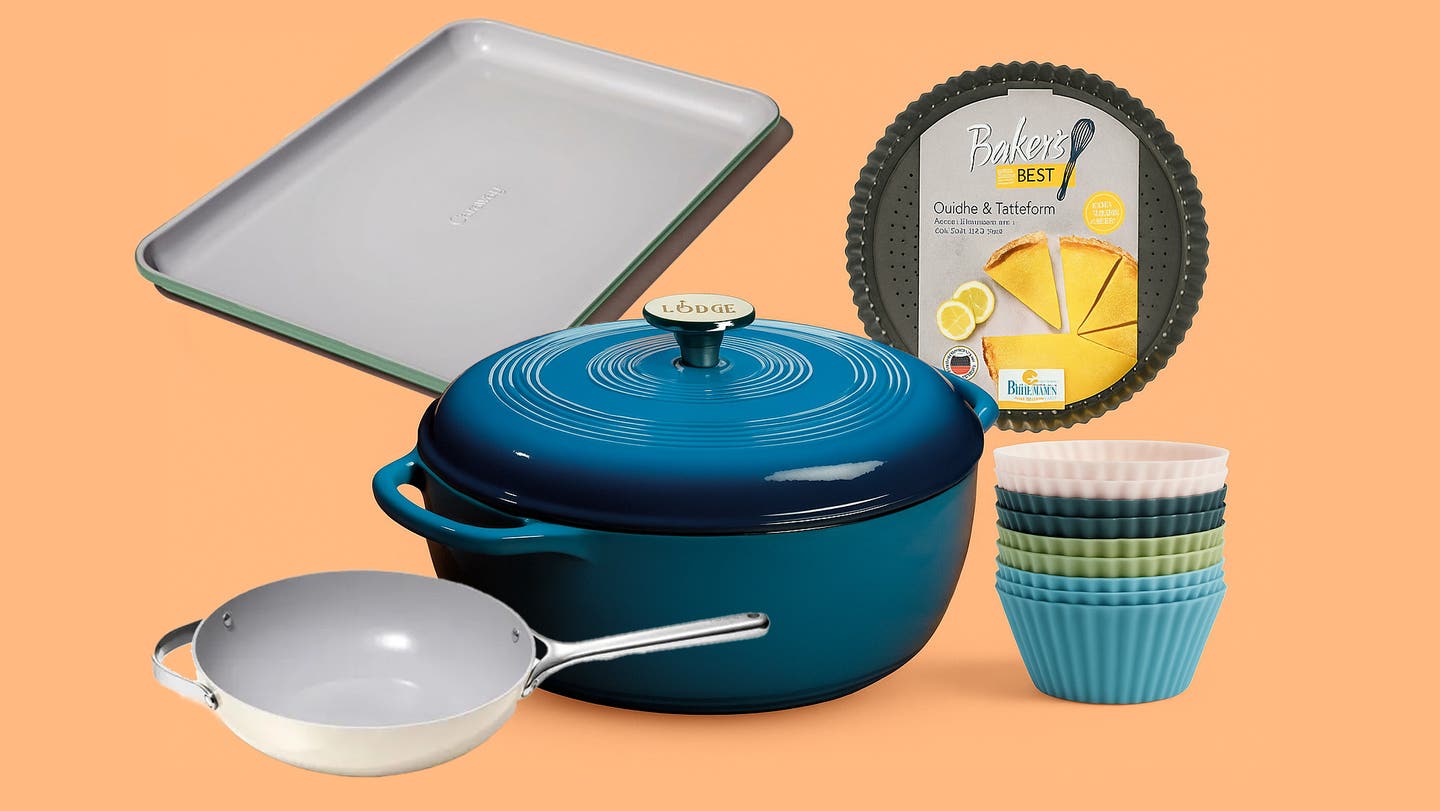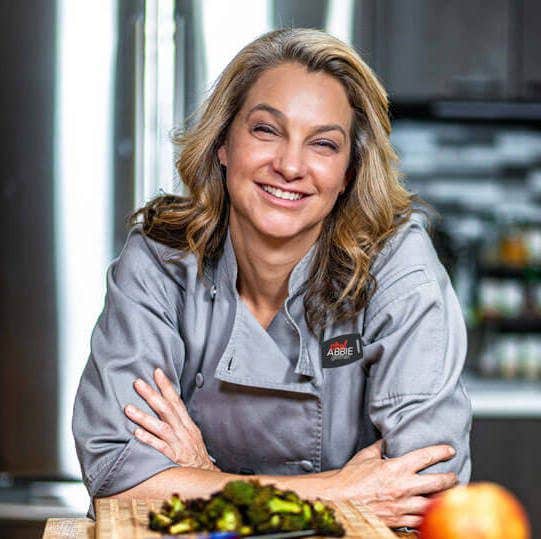Editor’s Note: In January 2019, the Institute of Culinary Education launched the Natural Gourmet Center, a plant-centric and wellness-driven culinary arts program. We’ll be featuring plant-based cooking tips from their instructors here.
Bell peppers are part of the Solanaceae, or nightshade, family of vegetables, which also includes potatoes, eggplants, and tomatoes. Bell peppers are technically fruits because they grow on a flowering plant and have seeds. The fruits are a crunchy, delicious source of nutrients, packed with health benefits. They are available year-round, though more abundantly in the summer, particularly June through August. Here are tips for selecting, storing, and cooking with them.
How a Bell Pepper’s Color Relates to Its Flavor
Red, orange, and yellow bell peppers are actually just green peppers that have ripened on the vine, which changes the color and adds sweetness. So green peppers will be slightly bitter, while yellow, orange, and red bell peppers will be sweeter. Purple bell peppers are from a rarer variety that matures from green to white to purple. Their flavor is less sweet than that of red bell peppers.
How to Select Bell Peppers
Look for firm, fresh and bright bell peppers. Avoid bell peppers that appear to be dry, wrinkly or decaying. Bell peppers should feel heavy for their size and be firm but yield gently to slight pressure. The shape of a bell pepper is not indicative of the quality.
How to Store Bell Peppers
Wash bell peppers thoroughly under cool running water before coring or cutting. Store unwashed bell peppers in your refrigerator’s crisper drawer for up to one week. Raw, whole bell peppers can be frozen in a resealable, freezer-safe bag for up to six months.
How to Roast Bell Peppers
Preheat broiler. Line a large baking sheet with foil. Place the bell peppers on the prepared baking sheet. Broil 4 to 5 inches from heat for 8 to 10 minutes or until charred on all sides, turning occasionally. Transfer to a bowl. Cover with plastic wrap and let stand for 10 minutes. Peel off skins; discard skins, stems, and seeds.
How to Use Bell Peppers
Bell peppers of all colors, shapes, and sizes taste great raw or cooked and have an endless list of culinary possibilities. Here are some common everyday applications:
- Add chopped bell peppers to vegetable or grain salads for added flavor, nutrition, and crunch.
- Add diced or sliced bell pepper to stir fries, casseroles, soups, stews, and chilis.
- Serve strips of bell pepper alongside hummus or another favorite dip.
- Remove the top and core a bell pepper to steam or microwave it, and then stuff it with a cooked whole grain of your choosing. Bake at 350°F for 20 minutes. Add your favorite toppings, such as diced veggies!
- Marinate bell pepper slices with minced garlic, lemon juice, sea salt, and freshly ground black pepper. Roast in the oven at 425°F for 20 minutes.
- For sweet, velvety peppers, roast them on the grill or directly on a gas burner on the stove using long-handled tongs. Cook until the skin is blackened; then wrap in plastic wrap until cool. Remove plastic wrap and slough off the pepper skin under cold running water and chop.
Bell Pepper Recipes
Put bell peppers to delicious use in the following recipes from Forks Over Knives.

Related News
Get Our Best Price On The Forks Meal Planner

Forks Meal Planner takes the guess work out of making nutritious meals the whole family will enjoy.
Master Plant-Based Cooking!

Our new course features over 100 lessons, 50+ recipes, downloadable guides, and more!


